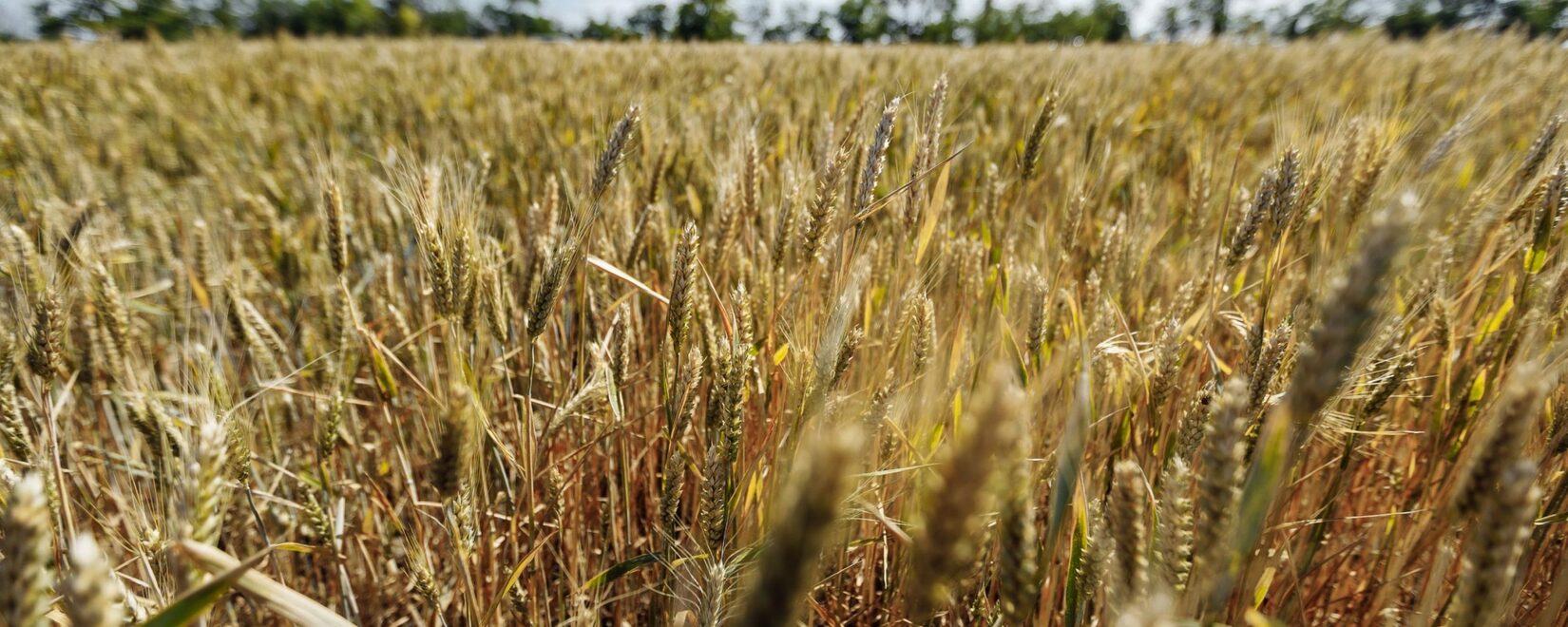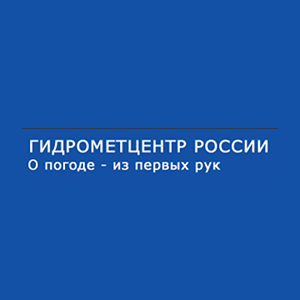European part
In most areas of the Northwestern, Central and Volga Federal Districts, unstable weather was observed with rain of varying intensity. On the warmest days in the middle of the decade, the average daily air temperature exceeded the norm by 3–7º, and the maximum temperature increased to 12…17º, in the central chernozem regions and the Middle Volga region to 18…20º. At the beginning and end of the decade, the minimum air temperature dropped to -3...1°, in the west, southwest and southeast of the territory in some places to -6...-4°. The ten-day average air temperature in most areas of the Northwestern and Central Federal Districts, as well as in the south of the Volga Federal District, turned out to be close to normal, in other areas it was 2–3° above normal. The amount of precipitation over the decade was mainly 15–30 mm. In a number of areas of the northern half of the territory, the rains were heavy and prolonged (40–65 mm of precipitation fell within 6–8 days, in a number of areas of the Leningrad, Arkhangelsk Vologda, Kostroma, Nizhny Novgorod, Kirov regions and the Republic of Karelia 65–75 mm or more). In most areas of the southern half of the Volga region (south of the latitude of Kazan), as well as in the extreme southeast of the Central Federal District, there was little precipitation (2–8 mm).
Agrometeorological conditions for the growth and development of winter grain crops in the prevailing territory were good and satisfactory. Winter grain crops in the southern half of the territory grew throughout the entire decade. In most areas of the northern half of the territory, at the end of the decade, due to lack of heat, the growing season of winter crops was possible only during the daytime, and temporary snow cover formed in some fields in the northern regions. Depending on the timing of sowing, winter crops were in the leaf formation and tillering phases, and in a number of southern regions, winter crop seedlings appeared in late-sown areas. The moisture supply to plants was good almost everywhere; only in some fields in the Volga Federal District did soil moisture deficit persist.
The condition of winter crops in the predominant territory is good, in some areas of the Volga Federal District it is satisfactory.
Agrometeorological conditions for completing the harvest of late grain and industrial crops in most southern regions of the Central and Volga Federal Districts were generally favorable; within 2–4 days they worsened somewhat due to rains.
In the Southern and North Caucasus federal districts the weather was also unstable. On some warm days, the maximum air temperature rose to 20...23°, and in some places even higher. Frosts were observed almost everywhere (up to -5...-1°), which could be dangerous for unharvested vegetables and late heat-loving crops. The average air temperature over the ten-day period was close to normal, and in the southern half of the territory it was 2–3° lower.
Almost everywhere, under favorable agrometeorological conditions, harvesting of late grain crops, sunflowers, sugar beets, vegetable and fruit crops continued. In most areas of the territory, the rains were insignificant (1–5 mm, in places in the south of the Krasnodar Territory and in the Republics of the North Caucasus 10–15 mm). The agrometeorological conditions for sowing, emergence, growth and development of winter grain crops were satisfactory; in some fields where soil moisture deficit persists, they were unfavorable. The condition of the sprouted winter crops is mostly good, sometimes satisfactory.
Asian part
In the agricultural regions of the Ural Federal District at the beginning of the decade, the weather was somewhat colder than usual. The average daily air temperature was mostly close to normal, only in the south of the Chelyabinsk region it was 2–3° below normal. From October 13–14, it became warmer everywhere, and the weather was significantly warmer than usual in most areas almost until the end of the decade. The average daily temperature was 3–5°C, and on some days 7–9°C higher than normal. In Western Siberia, the weather was significantly warmer than usual for almost the entire decade. On the warmest days, the average daily air temperature was 8–12° above normal. The maximum air temperature in the southeastern regions of Western Siberia increased to 20...25°; in other regions of Western Siberia and most regions of the Ural Federal District to 16...19°. The average air temperature over the ten-day period was 3–5°C, and in the northeastern regions of Western Siberia 6–7°C above normal. Precipitation in most areas was insignificant (less than 10 mm per decade) and did not create significant obstacles to the completion of harvesting work. Only in a number of south-eastern and north-eastern regions of Western Siberia, where 15 to 25 mm of precipitation fell over a decade, did harvesting conditions become more difficult during 3–5 days of the decade.
In the agricultural regions of the Ural Federal District and Western Siberia, winter grain crops grew throughout the entire decade. Frosts (up to -3...-1°, in some places up to -7...-4°) were not dangerous for winter crops. At the end of the decade, winter crops, depending on the sowing time, were mainly in phasesah leaf formation and tillering. The condition of the plants was good and satisfactory.
In the agricultural regions of Eastern Siberia and the Far Eastern Federal District, warmer than usual weather prevailed. Only on some days (in Eastern Siberia in the first half, in the Far Eastern Federal District in the second half of the decade) was the weather colder than usual. The average air temperature over the ten-day period was almost everywhere 4–5° above normal. In the southern regions of the western half of the Far Eastern Federal District there was little precipitation (less than 10 mm per decade), but due to intense frosts (in Eastern Siberia up to -8...-6°, and in a number of western regions of the Far Eastern Federal District up to -13...- 9°), and in the northern regions of Eastern Siberia, precipitation (15–25 mm per decade), which fell in the form of rain and snow, harvesting work was carried out selectively, and on some days work was suspended. At the end of the decade, in certain southern regions of Eastern Siberia and a number of western regions of the Far Eastern Federal District, snow cover 1–7 cm high, in some places more, was observed on the fields. In a number of southern regions of the Khabarovsk and Primorsky territories, where there was little precipitation and frosts were mild (mainly down to -5...-2°), conditions for completing the harvesting work were good and satisfactory.

 Trading platform
Trading platform 
 Monitoring
Monitoring  Express applications
Express applications 
 Fork Work
Fork Work 
 Service
Service  News
News  Directory
Directory 
